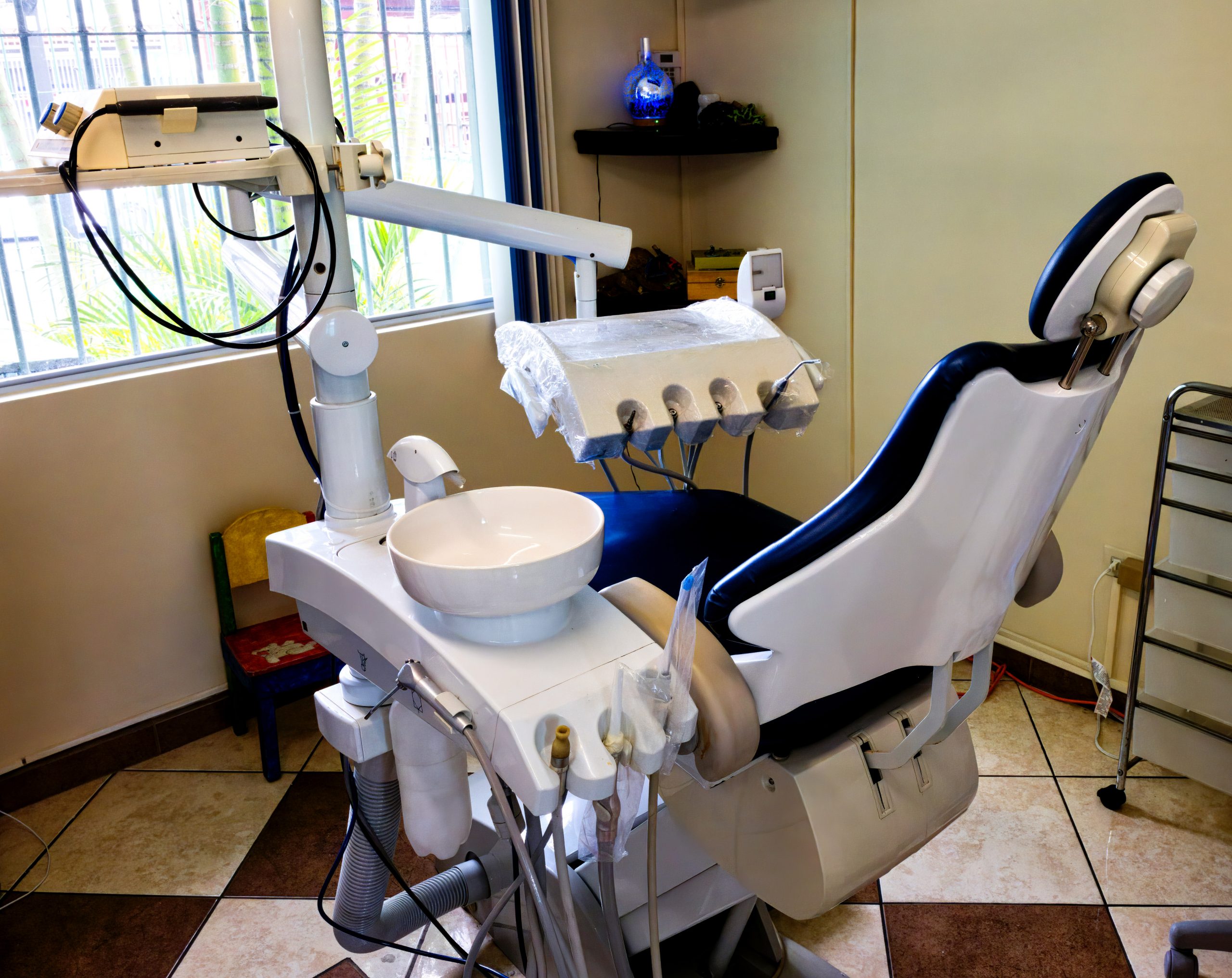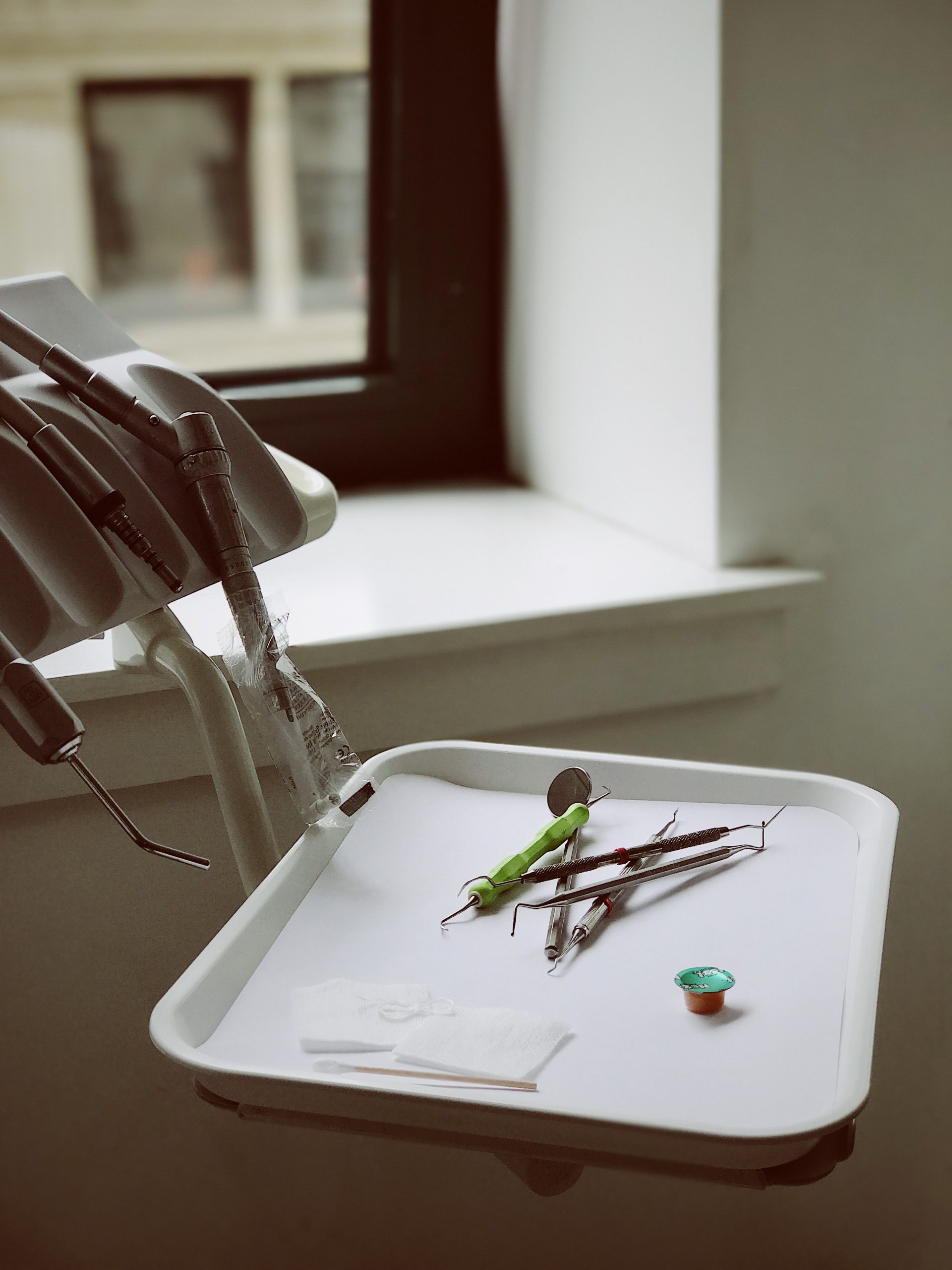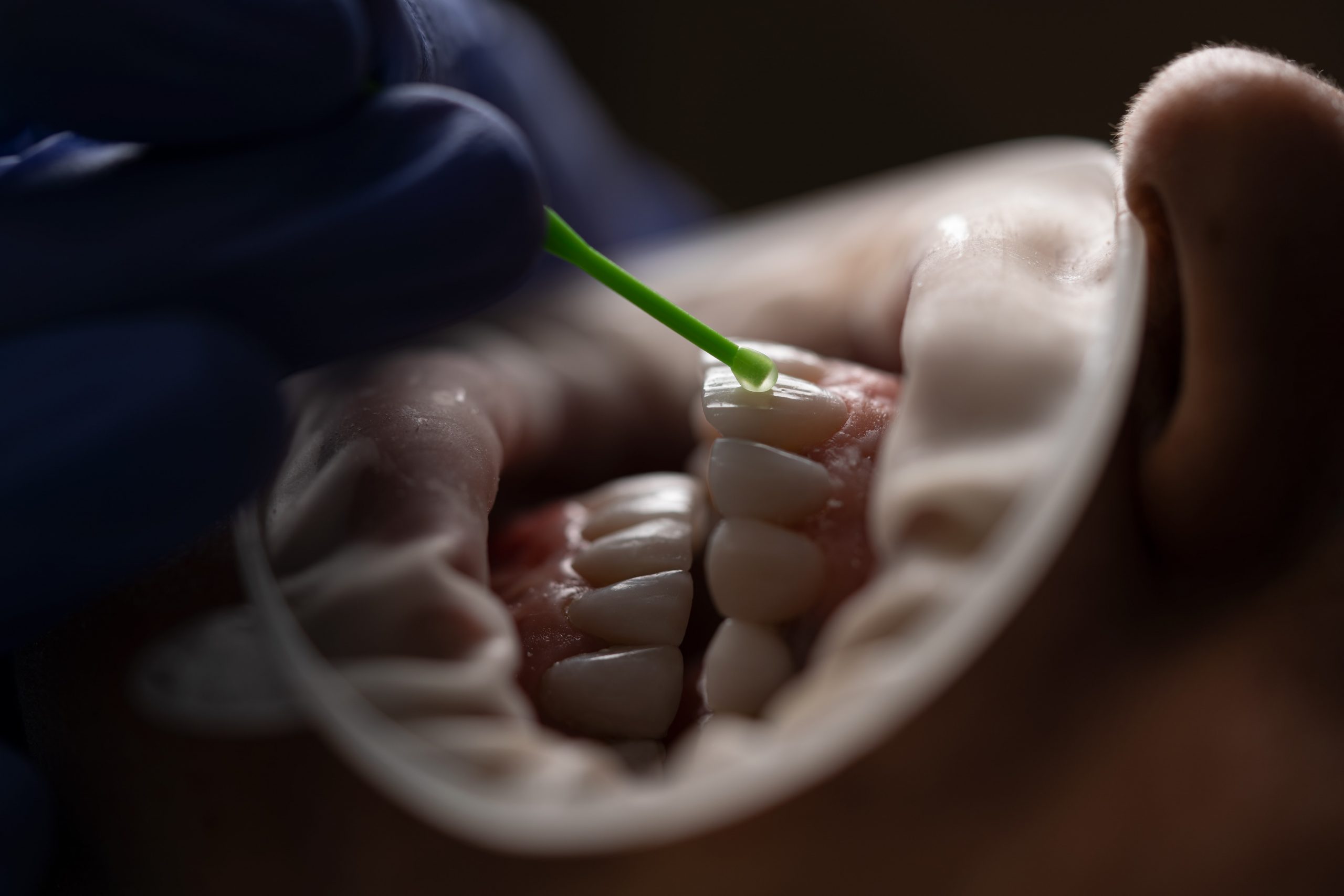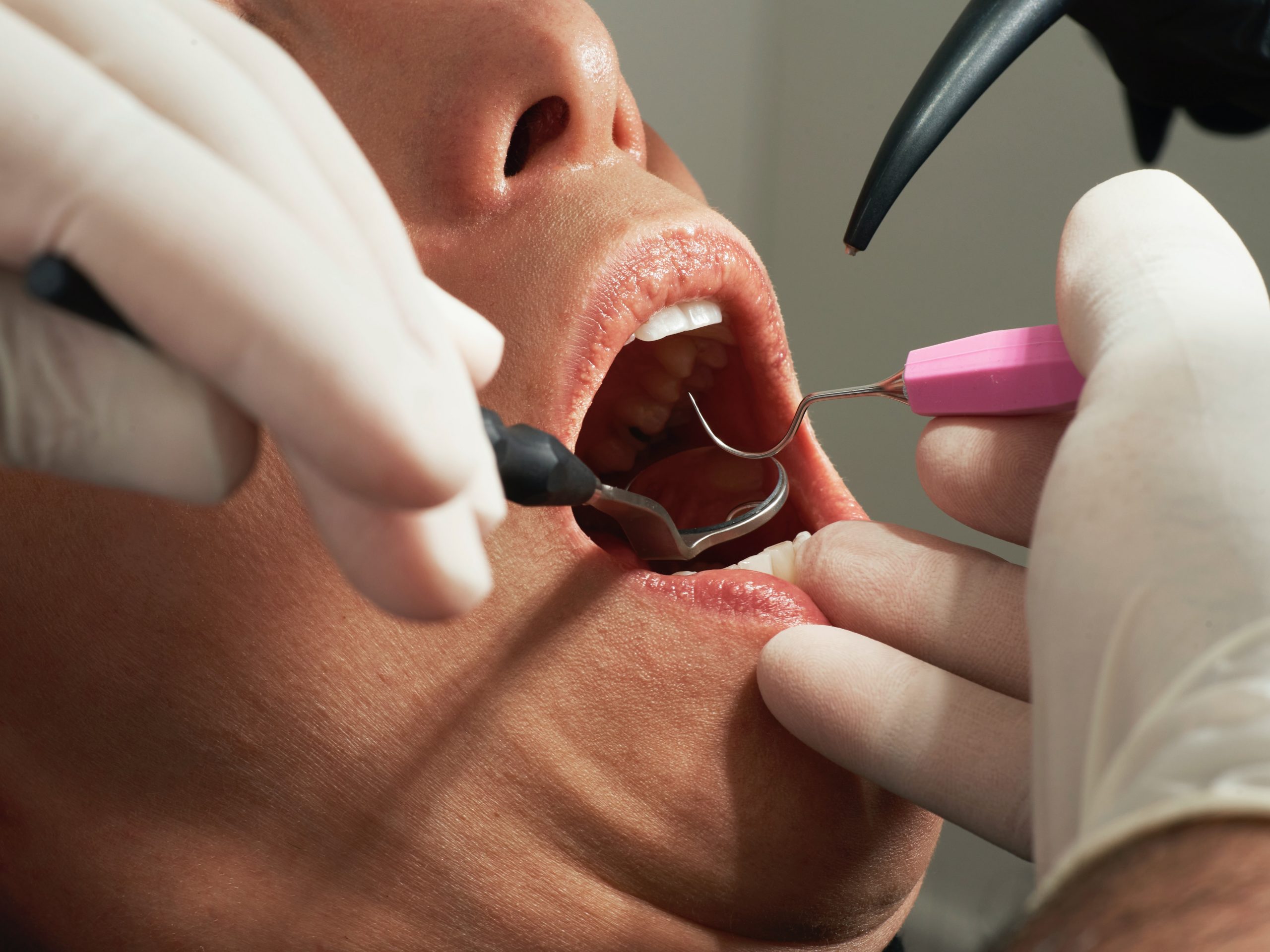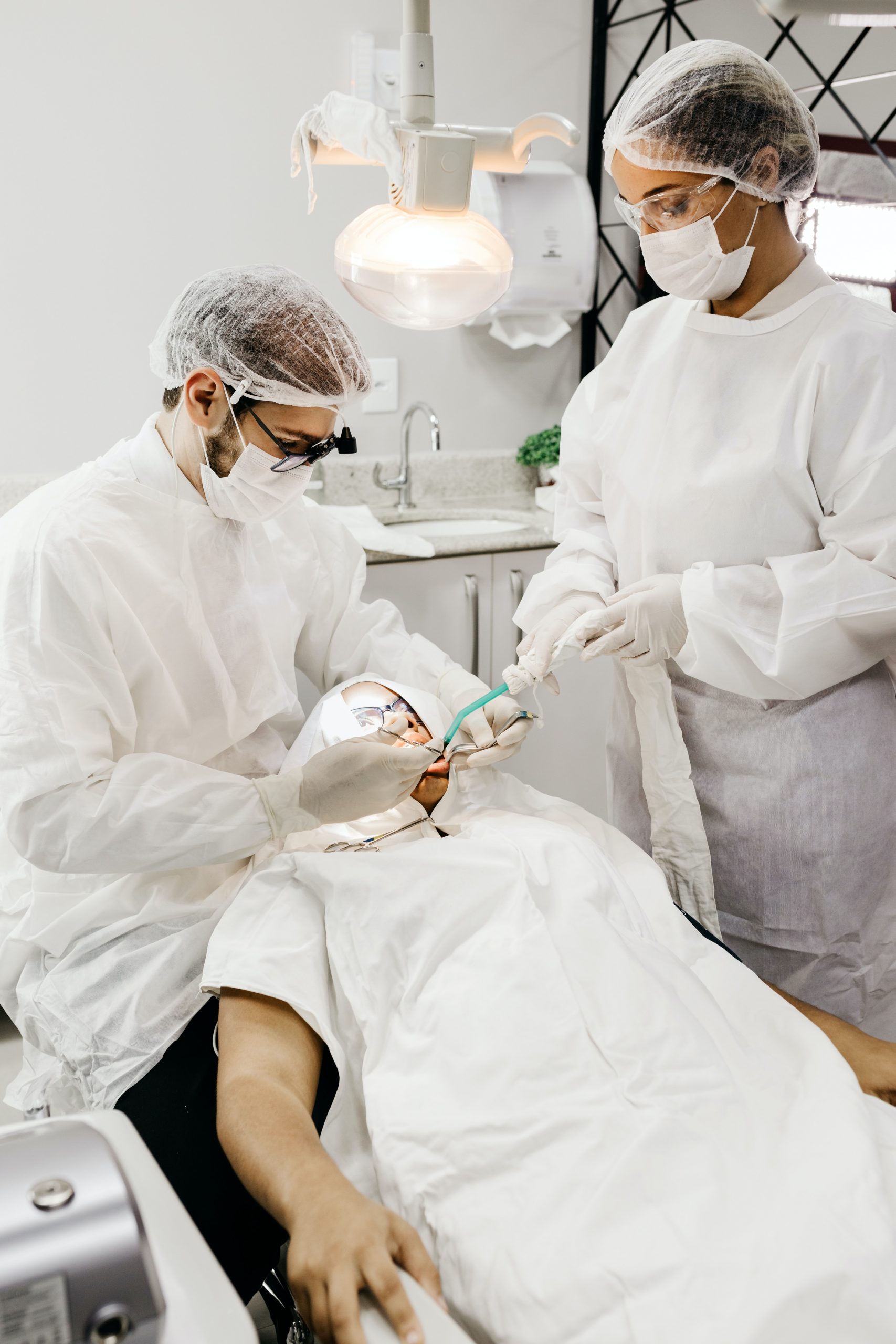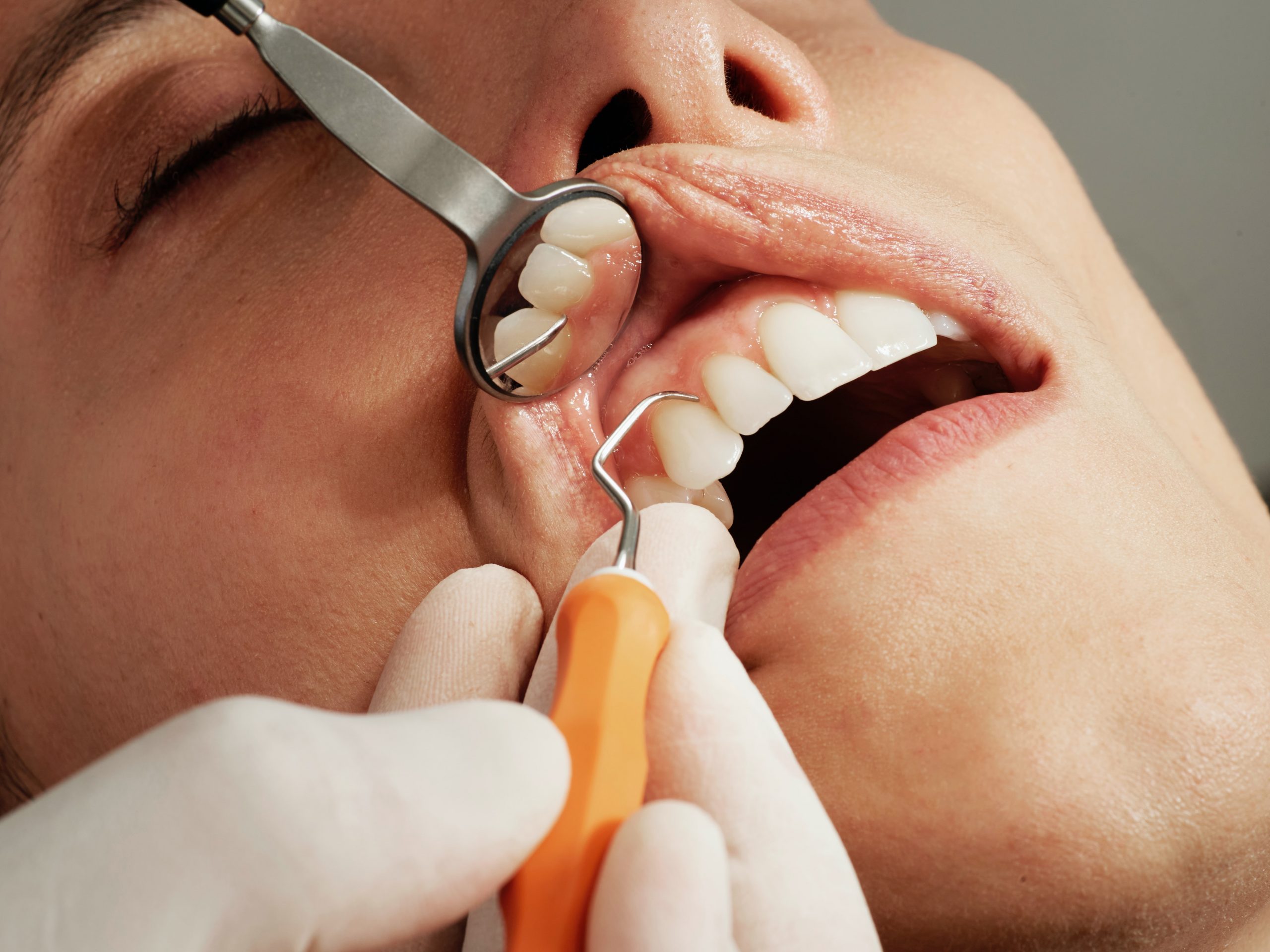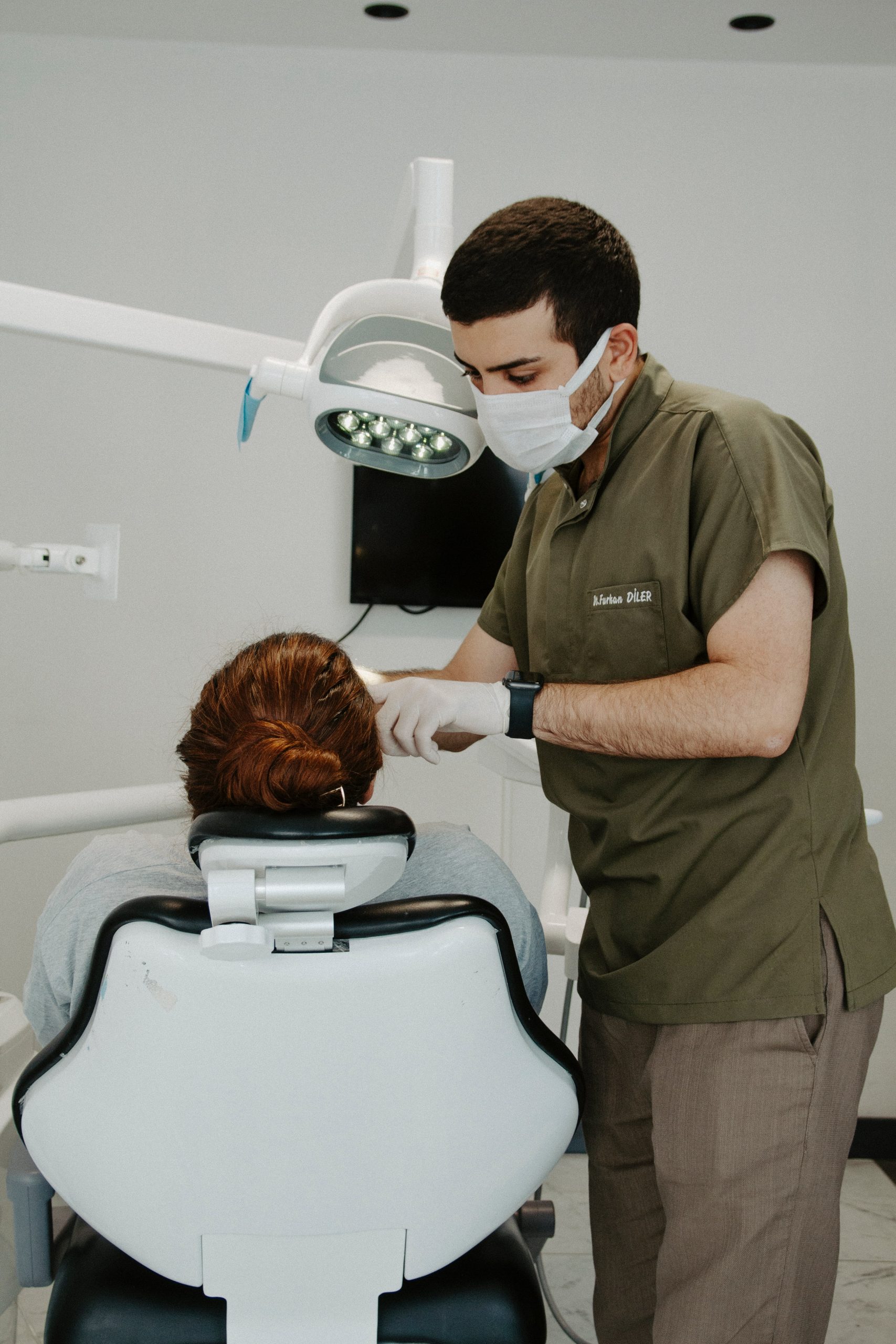
Creating Invisible Anterior Composite Restorations
Restorations in dentistry have been revolutionized with the advent of composite restorations. Composite restorations are aesthetic, durable and have good strength. They are an economical alternative to indirect ceramic laminates and indirect inserts. Glass ionomer cement restorations are also white, but not as good as composites.
Tooth-colored dental restorations that are designed to mimic anatomy can create the illusion of an invisible filling. Advances in composite restorations have prompted dentistry to offer restorations that are lifelike in color and shape.
A key advantage of direct bonded composite systems is that they allow the dentist to maintain healthy tooth structure during the caries removal and preparation process compared to traditional direct posterior restorations composed of gold foil or silver amalgam.
Because it is not necessary to create mechanical retention or reduce additional healthy tooth structure to provide the bulk of the material, the preparation of the composite restoration is fairly conservative.
Preparation typically involves removing the carious lesion and/or defective restoration, determining the correct shape of the cavity based on the orientation of the melt rods, and seating the restorative material. Another benefit of a composite resin restoration is the strengthening of unsupported or weakened tooth structure.
The study showed that the durability of a direct resin restoration is equal or even superior to that of a traditional amalgam restoration. Even with historical resins and techniques, composite restorations have proven to be comparable to amalgam restorations in many situations.
Aesthetic restorations are generally divided into:
- Composite restorations
- Glass ionomer restorations
The esthetic properties of the composite are just as important as the ability of the glass ionomer cement to release fluoride. Significant advances have also been made in composites. Composite materials are impregnated with fiberglass, which makes them stronger. The inclusion of dyes in composite restorations gives them realistic colors.
To achieve a realistic restoration or to make the restoration completely invisible, model the tooth anatomy after the restoration.

